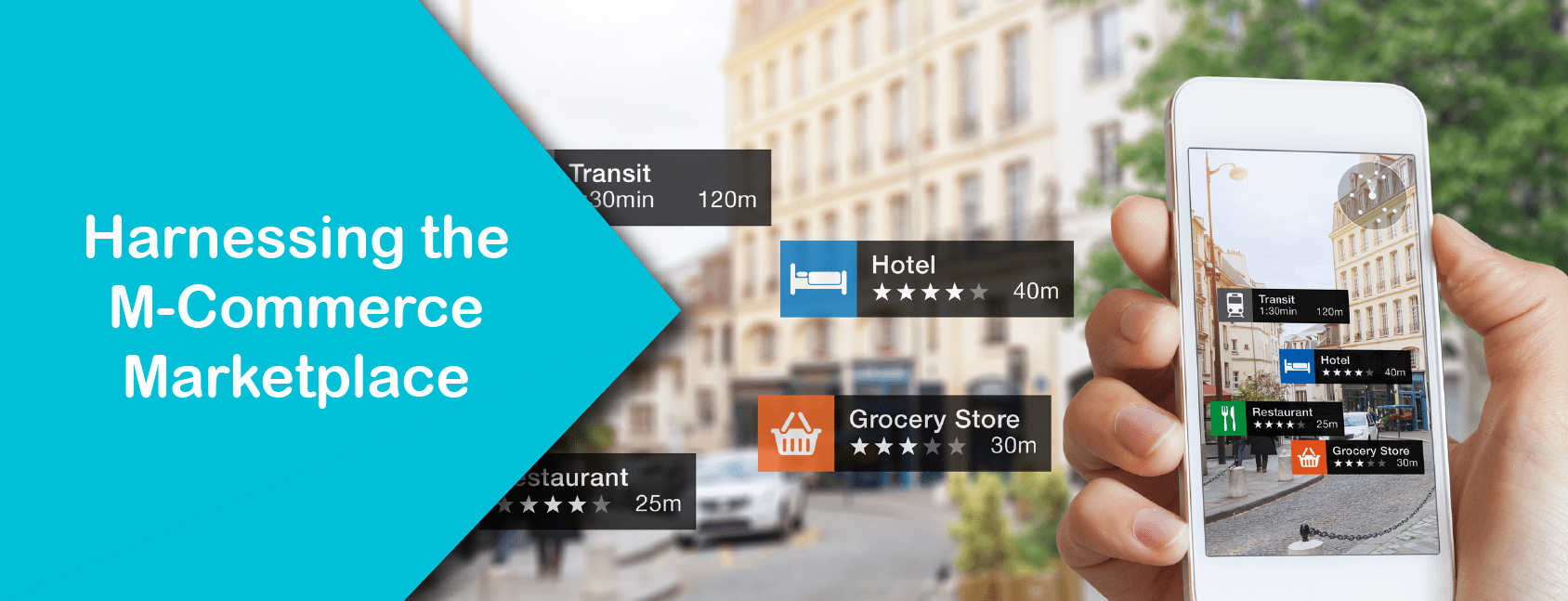
Shopping has evolved. Who could have predicted that social media would become the new shopping mall? Now consumers open their Instagram, Twitter, and Facebook mobile apps and tap ‘buy.’ Merchants benefit from a new way to capture consumer interest and to generate sales.
However, this m-commerce shift comes with some risks. Payment and security solutions must keep pace with cybercriminals or fraud and credit card disputes will significantly increase.
Just as in the early days of e-commerce, m-commerce demands that merchants know their consumers. Demographics, psychographics, shopping trends, and other data analyses are critical to build an m-commerce solution that appeals to consumers. Today’s m-commerce consumer has no patience to struggle through a learning curve – they want instant gratification and hassle-free transactions.
M-commerce is expected to become a $626 billion industry in 2018. According to Goldman Sachs, m-commerce will dominate consumer sales. A growing number of people will make purchases with their smartphones and tablets. The convenience and freedom to shop anywhere, anytime, is the basis for Goldman Sachs’ estimate that 535 million worldwide consumers will adopt m-commerce in 2018.
Merchants who hope to benefit from m-commerce growth must answer two critical questions. First, how can they harness the m-commerce marketplace? Next, what is happening in the m-commerce marketplace? Read on for the answers.
Maximizing M-Commerce Potential
When they make a purchase, consumers have no tolerance for delays, cart updates, or slow-downs in authorization. When consumers see the Add to Cart and Checkout buttons, they expect action. The longer the delays between adding items to the cart and final purchase authorization, the greater the chance for cart abandonment.
The ability to harness consumer impulse buying habits is the big challenge for m-commerce merchants. Standing out from competitors with an app that is easy-to-use, fast, and secure is vital. Along with a Buy button, consider adding an Instant Buy button, similar to Amazon’s website model. Encourage consumers to act immediately and make it easy to do so.
The more personalized the messages and content consumers see when they open their m-commerce and social media apps – the better. Consumers are savvy and expect to see products and services tailored to their interests and browsing habits. This is the new m-commerce marketing – limit the choice and get personal with specific products. Personalization makes consumers feel that the merchant cares and pays attention, much like the personal touch they experienced in brick-and-mortar stores.
What used to be considered invasive and pushy is no longer the case in the 2018 m-commerce paradigm. Consumers want to buy on their terms so give them what they want whenever they want and make buying effortless.
M-Commerce Technology Is Not Standing Still
The obvious next step to benefit from the m-commerce boom is to employ the right technologies at the right time. While technology constantly shifts, there are some tools merchants should take advantage of now:
- Artificial Intelligence (AI). AI enables merchants to get personal by matching consumer preferences to specific product recommendations.
- Data analysis. Use the analysis to create customized mobile app experiences. With information such as location, personal preferences, and browsing history, deliver a truly personalized mobile app experience.
- Omnichannel. Consumers want a complete omnichannel shopping experience. Make sure they can decide how, when, and where they receive their purchases.
- Chatbots. Consumers want useful information. Responsive and effective chatbots or smartbots can be a big differentiator.
- Augmented Reality (AR). Items like furniture and clothing often need to be seen before buying. With AR, consumers can see in real-time how the new couch looks in their home or ensure the pants will fit correctly.
There is no silver bullet to achieve m-commerce success. It requires being current with the latest consumer trends, changes in technology, and fraud threats. The underlying factor with all of these is data. The ability to analyze data and take action gives you the insight you need to fix and improve your m-commerce experience.
Whether it is creating a more tailored and simple mobile app or giving customers instant gratification or quickly identifying fraud threats, it all comes down to data. Take advantage of the data your payment solution collects to harness the m-commerce marketplace. Your current and future profitability depends on it.